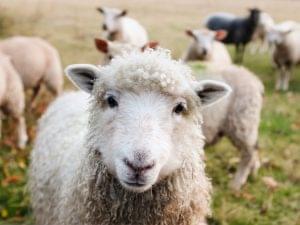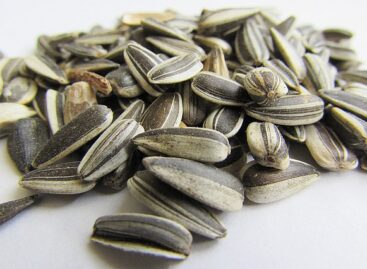Although more are being sold, the increase in production costs is restraining the expansion of the sheep sector
The demand for live lambs in Europe has increased and sales prices have risen, this does not compensate for the additional costs of farmers, which were further increased by the drought and the increase in energy prices this year, the managing director of the Sheep and Goat Product Council told MTI.

Mutton is considered a traditional food in several countries of the European Union. (Photo: Pixabay)
Sándor Kukovics explained that according to the latest market report of the Agricultural Economics Institute (AKI), Hungary’s live lamb export volume decreased by 15 percent to 4,000 tons, while its value increased by 6 percent to HUF 7 billion in January-May 2022 compared to the same period of the previous year.
There is not enough pasture, the domestic herd must be fed
According to the report, the producer price of lambs increased by 14-16 percent in the first six months of the year. The average price of light lamb (with a slaughter weight of less than 13 kilograms) was HUF 1,459 per kilogram, an increase of 14 percent, and that of heavy lamb increased by 16 percent to HUF 1,386. The manager noted: due to the drought, the pasture area has decreased, so the farmers have to use more purchased feed, which makes keeping sheep even more expensive. In any case, the land use of the sheep sector has fallen drastically in the last five years, by about one hundred thousand hectares to 450 thousand hectares, he added. He pointed out that the lack of labor is also hindering the development of the sector, and more and more people are abandoning sheep farming.
The EU, which is left without British sheep, exports from Hungary
According to him, the main reason for the improvement in export opportunities is that significantly fewer British sheep have arrived in the European Union since Brexit, and the overall European sheep population has also decreased. Due to China’s excess demand for sheep meat, less and less New Zealand and Australian goods reach Europe. “A kind of market vacuum has arisen on our continent, the volume of which can be estimated at 12 percent of the market,” said Sándor Kukovics. – 14 countries buy sheep meat and slaughter animals from Hungary. Last year, slaughter animals made up the majority of the export, in carcass weight, with 5,220 tons, this year the product council hopes for 5,300 tons, he said. The main buyer of Hungarian lamb is still Italy, but its share of exports, which previously exceeded 90 percent, has decreased to around 65 percent, while that of other EU member states and Middle Eastern countries is increasing, he added.
The performance of the sector is also restrained by the fact that the consumption of lamb meat in Hungary is relatively small. About 10-15 percent of the lambs bred in Hungary are sold only domestically.
MTI
Related news
Farmer-centric agricultural policy after 2027 receives unanimous support
The EU member states’ agriculture ministers have adopted Council conclusions…
Read more >Slow but steady growth in sunflower producer prices
Oil World experts expect a global sunflower seed harvest of…
Read more >It is important that the post-2027 agricultural policy makes the EU’s agriculture farmer-friendly
It is important to discuss how the conclusions on the…
Read more >Related news
Eckes-Granini acquires fruit juice concentrate producer in Germany
Eckes-Granini, one of Europe’s leading juice producers, has acquired Wolfgang…
Read more >The latest issue of Trade magazine is out now!
This time the digital version has been extended to 192…
Read more >After a subdued year, the holiday season is strong
74% of online shoppers, around 3.1 million people, are preparing…
Read more >








